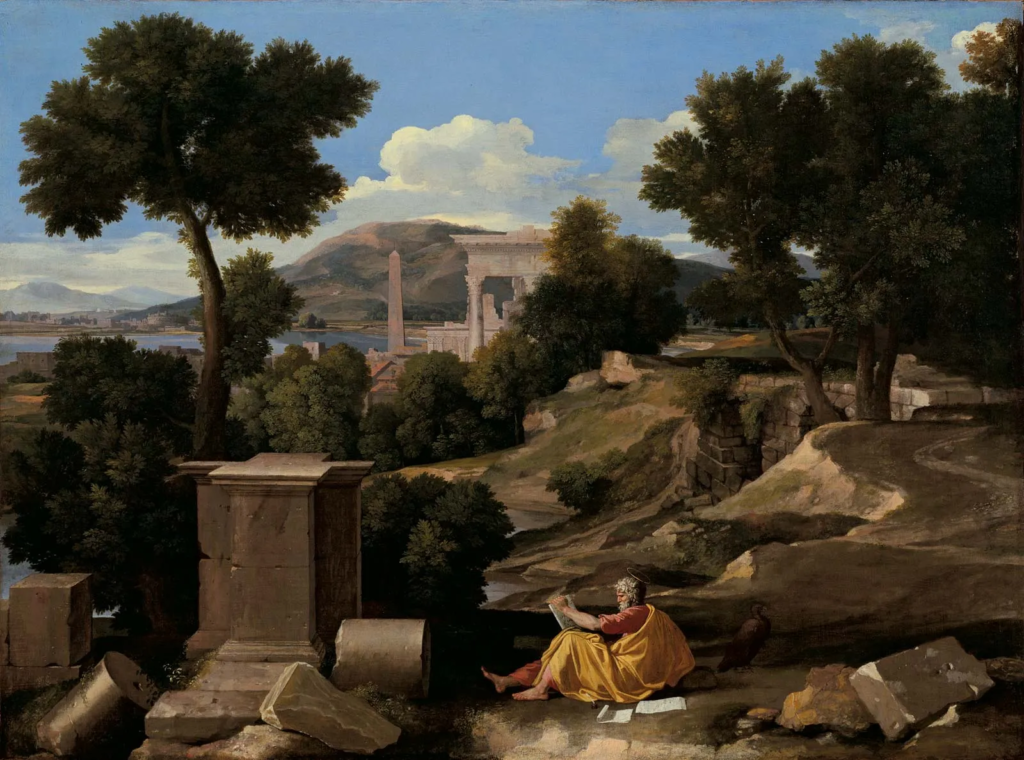Landscape – All the visible features of an area of land, landscape photography typically captures the presence of nature but can also focus on human-made features or disturbances.
Timeline of Landscape Photography









When did landscape photography originate?
Landscape photography originated between the years of 1826 and 1827, with a photograph which was taken by a French inventor named Joseph Nicéphore Niépce (1765-1833). This photograph, called “View from the Window at Le Gras”, was captured using a heliography process.
When did landscape emerge as a genre?
The tradition of depicting landscapes declined after the fall of the Roman Empire, and was viewed as a setting for religious and figural scenes only. However, during the Renaissance period in the 16th century, Landscape emerged as a genre in Western culture, where artists began viewing landscapes in their own right.


In a classical landscape, the positioning of an object was deliberate in order to create a harmonious and balanced composition. Classical landscapes emerged as a genre in the 17th century. A leading painter of the style of classical landscapes was Nicolas Poussin (1594-1665), a French painter who began painting landscapes in the late 1630s.
What prompted the rise of Landscape art during the late 18/19th century?


Landscape painting eventually gained prominence in the late 18th/19th century with the rise of Romanticism. Landscapes provided inspiration for the Romantics in literature, music, and art. Often regarded as a precursor of Romanticism, Thomas Gainsborough is a painter whose landscapes are regarded as “moody” in atmosphere, and they shift the focus from the objective record of the world to the subjective feelings of the artist.
